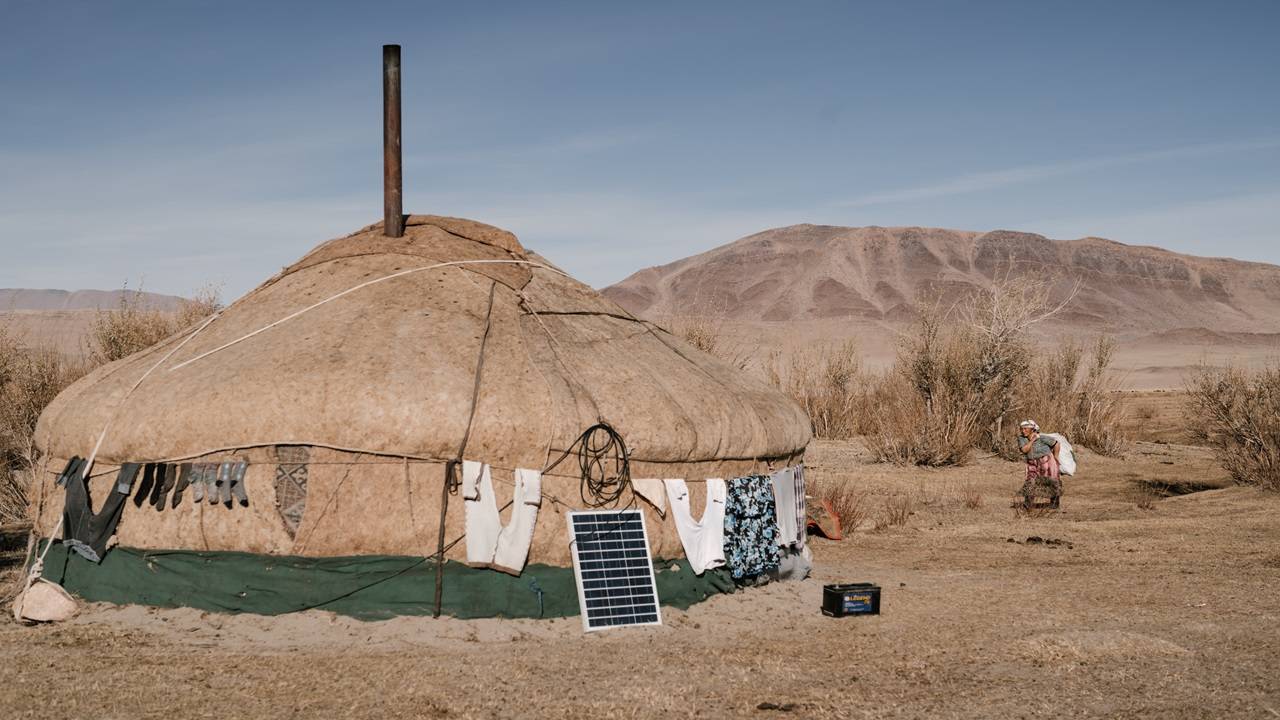
Further, the CEEW report found that deploying just one-third of this total solar technical potential could support the entire electricity demand of India’s residential sector (~310 TWh).
However, the technical potential reduces to one-fifth (118 GW) after factoring in the current electricity consumption of households. Most residential consumers fall into low-consumption slabs and solar may not be economically feasible for them without financial support even though it is technically possible. The potential reduces further to 11 GW when no capital subsidy is considered, the payback period for rooftop solar is restricted to five years and we factor in consumers’ willingness to buy rooftop solar. However, with the Ministry of New and Renewable Energy’s capital subsidy, the potential increases to 32 GW making the solar systems feasible for more consumers. Currently, India has installed 11 GW of rooftop solar capacity, of which only 2.7 GW is in the residential sector.
The CEEW report, supported by Bloomberg Philanthropies, did a bottom-up analysis across 21 Indian states that cover 97 per cent of the country’s population. It found that 60 per cent of the residential rooftop potential is concentrated in just seven states — Uttar Pradesh, Maharashtra, West Bengal, Odisha, Rajasthan, Andhra Pradesh, and Tamil Nadu.
Lalit Bohra IRTS, Joint Secretary, MNRE, said, “Accelerating the adoption of rooftop solar is crucial to decarbonise the economy and help India achieve its net zero goal by 2070. MNRE has been actively promoting the rooftop solar sector through its strategic interventions. The recently announced distributed RPO obligation will accelerate demand generation in the rooftop sector. The National Dialogue on Rooftop Solar by CEEW and the launch of its report on the potential are timely interventions to build a common consensus among stakeholders towards making rooftop solar central to India’s energy transition.”
India’s rooftop solar potential is spread geographically across states in contrast to other renewable technologies such as utility-scale solar and wind projects, and could be critical to the energy transition ambitions of states. Moreover, rural areas show higher technical potential based on residential rooftop area (363 GW) compared to urban areas across states (274 GW).
Arunabha Ghosh, CEO, CEEW, said, “India’s solar energy revolution–going from 2,000 MW of solar power capacity in 2010 to 72,018 MW now–must reach households too to reach its full potential. CEEW’s study shows the mammoth capacity of solar systems that both rural and urban households can deploy to guarantee not only a transition to clean energy but also fulfil a basic need – access to power. But to get there, residents must get the right price and attractive incentives and enjoy a convenient experience, which can then spur the markets to create the right products and capacities for homes.”
Priya Shankar, India Director, Climate and Environment Program, Bloomberg Philanthropies, said, “Unlocking rooftop solar potential in both urban and rural India can be a transformative leap towards sustainable development. To fully harness India’s rooftop solar potential, developing innovative business models and financing mechanisms will be critical for driving further progress. Bloomberg Philanthropies is delighted to support this research by CEEW, providing data and analysis to foster the acceleration of India's clean energy development for the benefit of people, the economy, and the climate.”
The CEEW report also found that residential awareness of rooftop solar systems was less than 50 per cent at the national level in FY2020. Awareness in most states was clustered between 30 and 50 per cent. When it came to willingness to install rooftop solar systems, residential consumers in Gujarat showed the highest willingness at 13 per cent, compared to the national average of 5 per cent. However, residents across states perceive rooftop solar systems to be costly investments, impacting their willingness to pay.
According to another CEEW study released today, solarising residential households also offers huge economic benefits to power distribution companies (discoms). The study on solarising rural households in Bihar and Meghalaya highlights lifetime economic gains to the tune of INR 2,700 crore per 100 MW of solar capacity to discoms. The benefits will be due to reduced cross-subsidy burden, improved transmission and distribution losses, and lower average cost to serve consumers.
The CEEW study recommends introducing targeted capital subsidies for consumers, particularly for rooftop solar system sizes of 0-3 kW, and recognising systems below 1 kW in policies and regulations. Further, for consumers, states should create a one-stop platform for rooftop solar to provide basic, reliable, and compelling information about rooftop solar. At the national level, there is a need to roll out awareness campaigns to generate demand. To unlock the market, there is a need to introduce enabling regulations, including the recognition of innovative models (such as community solar and solar partners) beyond the traditional CAPEX and OPEX models and introduce low-cost financing options for residential consumers.
















